Harvesting coffee is either done by hand or machine, depending on a farm’s size and terrain. But it’s not as easy as it may sound — coffee cherries on the same branch ripen at different times, which can make things tricky.
Want to know more about what goes behind the coffee of your perfect long black or latte? Below we reveal the curious ins and outs of coffee harvesting.
01: When is a coffee cherry ripe?
Quality coffee starts with the coffee tree. Coffee trees take approximately 3 to 4 years to bear fruit, or coffee cherries. Telling when a coffee cherry is ripe and ready to be harvested is easy: it’s bright red! If it’s green, you’re too early, and if it’s black, you’ve waited too long (note: coffee beans come from the seeds of coffee cherries).
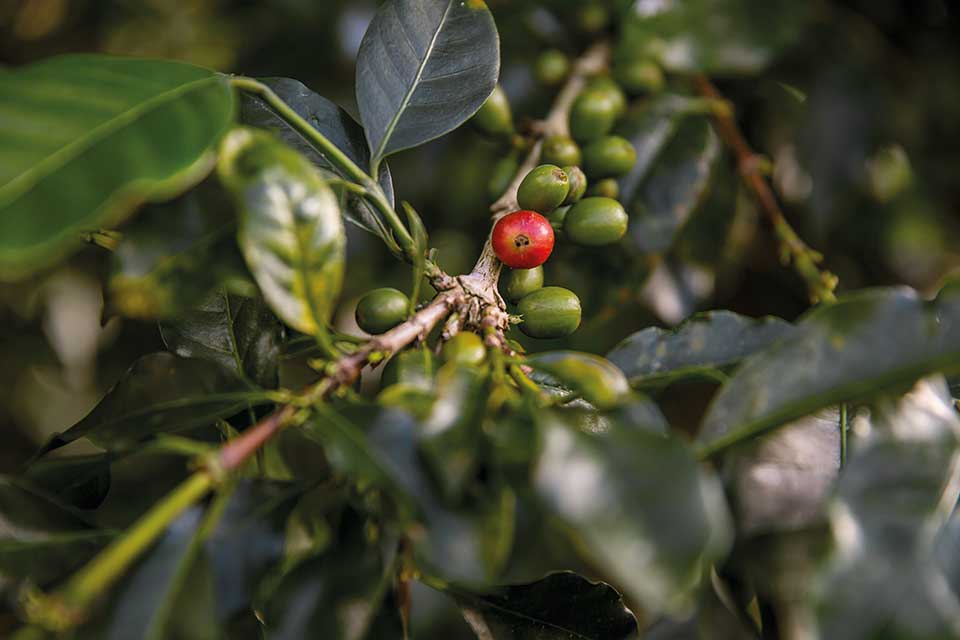
02: Main and Fly Crops
Coffee is generally harvested just once a year and during different periods, depending on the country. Certain countries, such as Kenya, have two crops (a main crop and a fly crop) so they have two harvests a year. Fly crops are generally smaller, but overall that means, more coffee! Lucky them; lucky us.
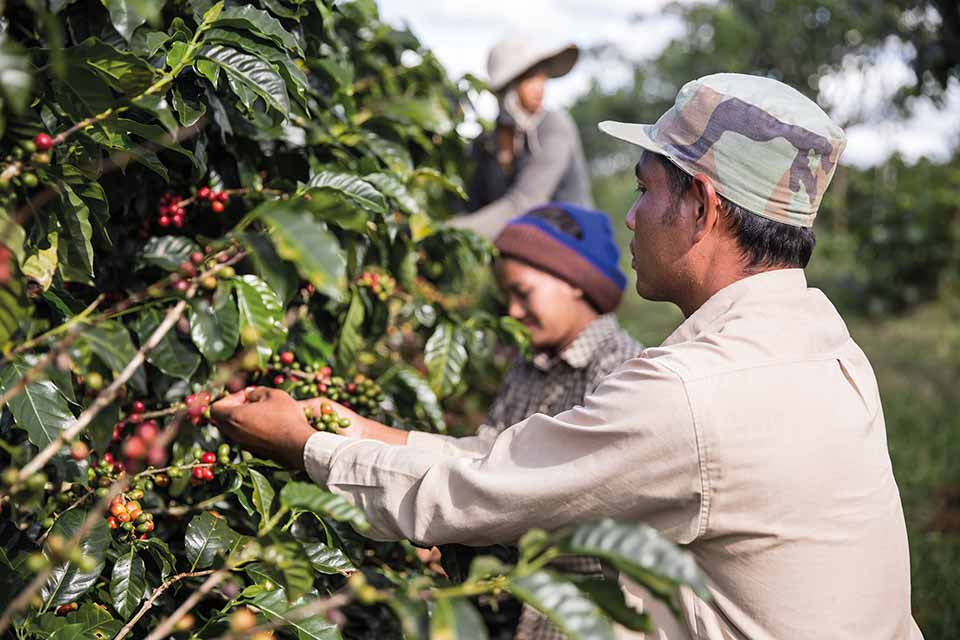
03: The ‘Stripping’ Method – Faster But Less Consistent
“Stripping” is another method of harvesting. Pickers slide their hands along the branches and strip the trees of both ripe and unripe cherries, which fall onto tarpaulin underneath the tree. The coffee cherry fruit is then meticulously sorted in a machine or by hand, as even a few unripe coffee beans can affect the taste of the coffee.
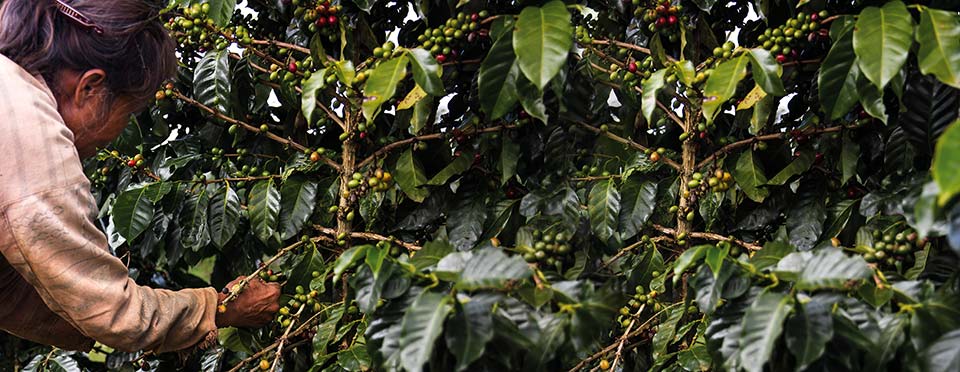
05: Mechanical Harvesting – Using Machines
In countries like Brazil, which have very large plantations and the land is flat, a machine is used for harvesting. This machine drives up to each tree and shakes the branches so the coffee cherry fruit falls off. The coffee cherries are then sorted in other machines which weed out the green, unripe ones.
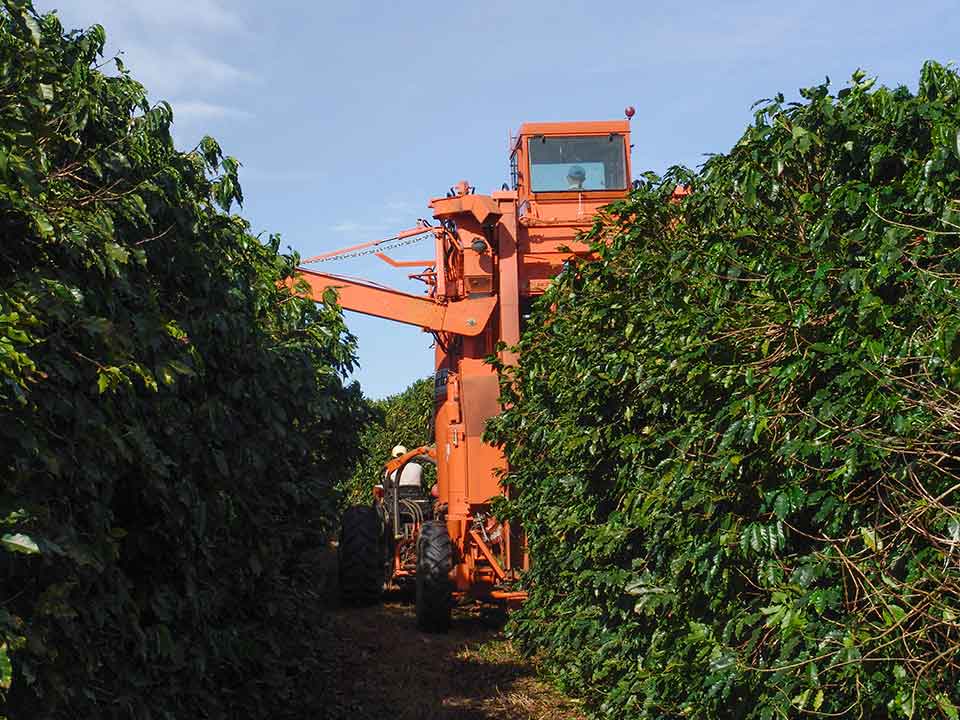
06: Weather Conditions
Harvest time doesn’t necessarily mean amazing weather. While picking up cherries during harvests in July, farmers sometime need umbrellas as it rains heavily in the Espírito Santo region of Brazil’s subtropical north! As the farmers can’t dry the cherries in the sun, they use a machine set to a low temperature – and indirect heat – so as not to damage the coffee beans.
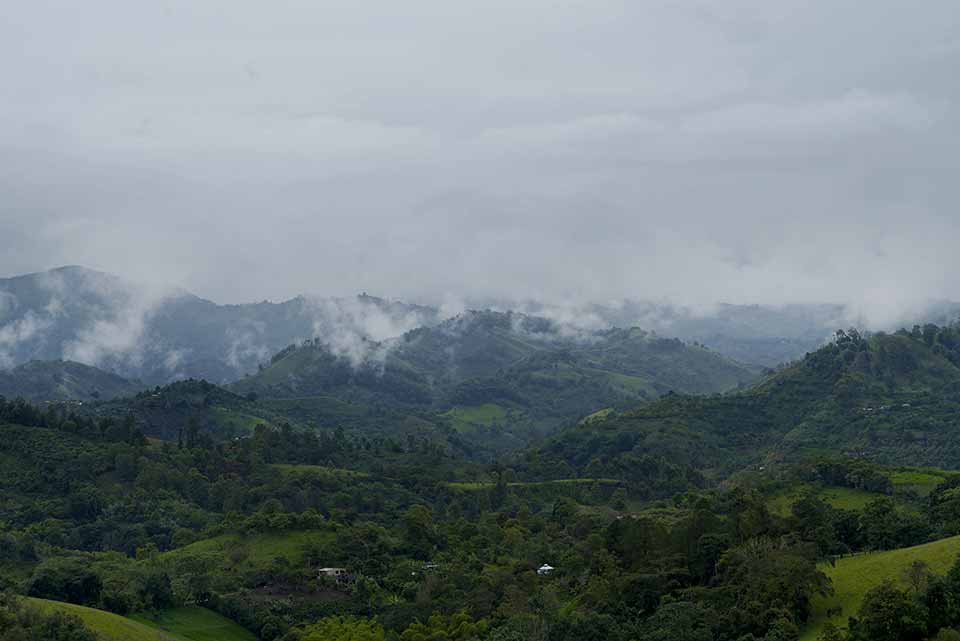
Font: https://www.nespresso.com/sg/en/coffee-stories/6-fascinating-facts-about-coffee-harvesting


